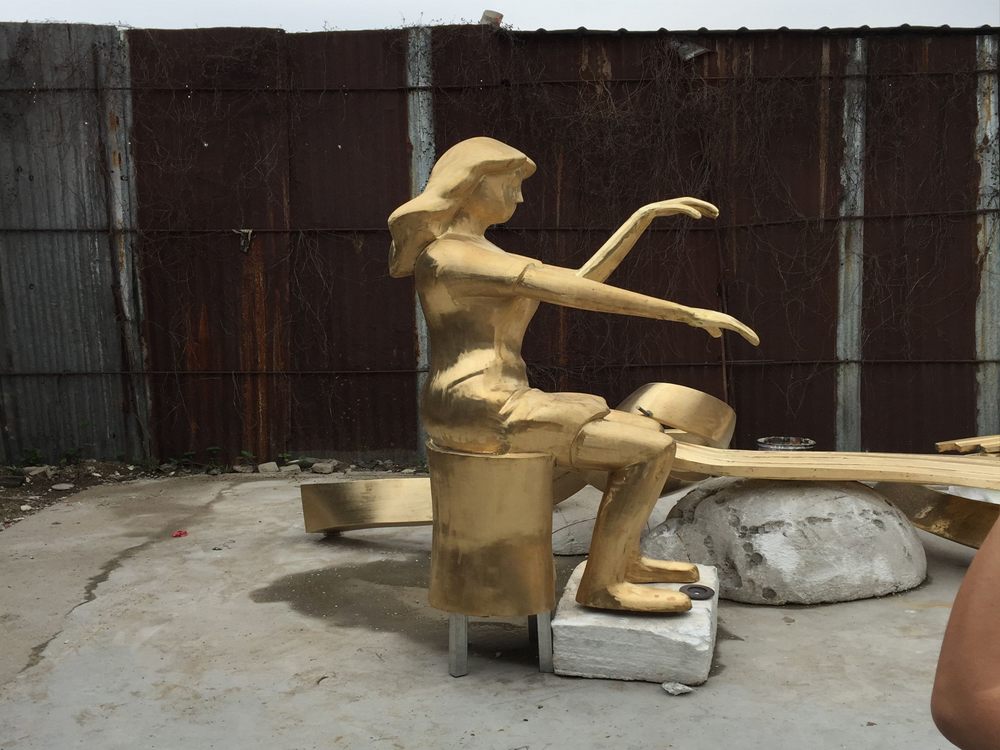
The Surrealist movement, flourishing in the early 20th century, sought to unlock the subconscious mind, blending reality with fantastical visions. Bronze sculptures from this era, crafted by masters like Salvador Dali and Max Ernst, became powerful mediums to express dreamlike and abstract concepts. These works often defy logic, merging organic and mechanical forms to evoke a sense of the uncanny.
One hallmark of Surrealist bronze sculptures is their ability to distort familiar objects, transforming them into enigmatic symbols. For instance, Dali’s "The Persistence of Memory" reimagines melting clocks, a motif later adapted into bronze, symbolizing the fluidity of time in dreams. The tactile nature of bronze amplifies the surreal effect, as its solidity contrasts with the soft, malleable forms it depicts.
Abstract concepts like desire, fear, and the unconscious are also explored through fragmented or exaggerated figures. Ernst’s "Bird Head" sculptures, for example, fuse avian and human features, creating hybrid beings that challenge perceptions of identity. The patina and texture of bronze further enhance these themes, adding layers of meaning through light and shadow.
By merging the tangible with the imaginary, Surrealist bronze sculptures invite viewers to question reality and embrace the irrational—a testament to the movement’s enduring fascination with the dream world.

